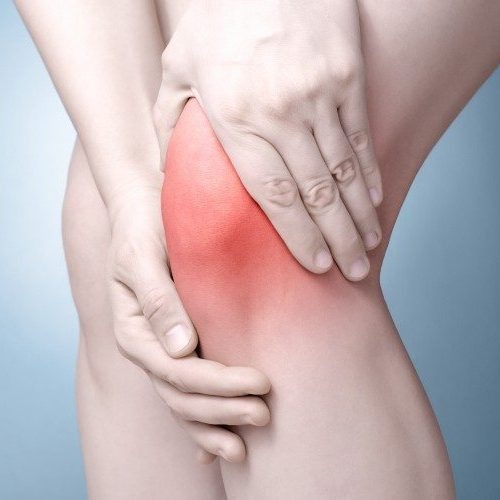
- By: admin
- August 22, 2024
DIABETIC ARTERY DISEASE
Vascular complications of Diabetes pose a significant threat to human health. In diabetes artery disease, blood vessels of various sizes, including macro- and micro-vessels in the cardiac, cerebral, renal, ophthalmic and peripheral systems of patients with diabetes, develop atherosclerosis. The vasculature comprises of endothelial cells, smooth muscle cells and other cells. In atherosclerosis, there is endothelial damage, capillary thinning and angiogenic disorders.
In insulin resistance, there’s abnormal glucose and lipid metabolism due to impaired homeostasis. This triggers the activation of renin, renin aldosterone, and the sympathetic nervous system and causes widespread vascular damage throughout the body. SNS causes vasoconstriction and RAAS regulates blood volume, vascular tone and blood pressure.
The heart, Brain and peripheral vasculature are affected by both micro- and macroangiopathy. Retina and kidney are mostly affected by microangiopathy.
Diabetic Heart Disease
The main pathologic features of Diabetic Cardiomyopathy are left ventricular hypertrophy, myocardial fibrosis, cell necrosis and other myocardial structural changes. High levels of Osteopontin (OPN). OPN is a phosphorylated glycoprotein that functions as an inflammatory cytokine and pro-atherosclerotic factor. The mechanisms by which diabetes promotes cardiomyopathy are abnormal cardiac metabolism, glycotoxicity & lipotoxicity, and abnormal mitochondrial function, causing oxidative stress and inflammation.
Diabetic Encephalopathy
Diabetes is associated with several intracranial issues, like cerebral micro- and macroangiopathy. Intracranial complication of Diabetes include stroke, depression, mild cognitive impairment and dementia. Disorders of platelet aggregation and inflammation reduce cerebral blood flow and increase the risk of encephalopathy.
The most common symptom of encephalopathy is a change in mental state, with problems such as:
- loss of memory.
- difficulty concentrating.
- drowsiness.
- changes in personality.
- confusion.
Disturbance of glucose metabolism causes intracranial energy metabolism imbalance and promotes lesion development. The main therapeutic approach targets the microvascular endothelium, microvascular function, neuroinflammation and platelet aggregation. Acupuncture, diet regulation, use of green juice, stress management, mobility and sun exposure helps in remission of diabetic encephalopathy. Diabetes Reversal is the most important aspect in long-term management.
Diabetic Kidney Disease
Between 40 and 50 percent of patients with diabetes develop diabetic kidney disease. It is a micro vascular complication characterised by glomerular hypertrophy, basement membrane thickening and damage. Hyperglycemia induces hypertension, which increases renal perfusion pressure, which in turn causes microvascular damage in renal arteries, glomeruli and interstitial capillaries. Atherosclerosis causes thickening of renal arterial walls and lumen narrowing. It causes high Glomerular filtration rate and proteinuria. The current strategy for treating diabetic kidney disease is to reverse diabetes, thereby restoring metabolic balance within the system.
Diabetic Retinopathy
Diabetic retinopathy is one of the most common microvascular complications of diabetes. A series of event that happen within the eye are loss of neurovascular coupling, retinal neurodegeneration, gliosis and finally retinal vasculopathy. Pathological processes due to microvasculopathy in the retina are loss of capillary epithelial cells, decreased capillary elasticity, increased vascular permeability, exudation, local inflammation and neovascularization. Diabetic retinopathy leads to macular oedema and finally loss of vision. Diabetic retinopathy is often treated with laser photocoagulation, vitreous injections of antibodies, and other drugs. Laser coagulation can prevent further vision deterioration but cannot restore damaged vision. Frequent intra ocular administrations can cause drug resistance and other complications like cataract and glaucoma.
Diabetes Reversal is the main protocol to be followed here as well, in the beginning itself. Diabetes remission will arrest further damage to the retina and macula and help restore the impaired vision to a small extent. Acupuncture will also help arrest the internal bleeding and oedema.
Thankyou
Dr Arun Vasudevan
Founder director IDRP
BHMS,MBS (UK), D.Acu,
IDRP, TKD Road, Muttada PO, Trivandrum.
Follow us on: https://www.facebook.com/drarunvs
Instagram: https://www.instagram.com/drarunvs/
Tags: accupressure, best treatment for diabetes, depression, diabetic reversal, heart attack, idrp
